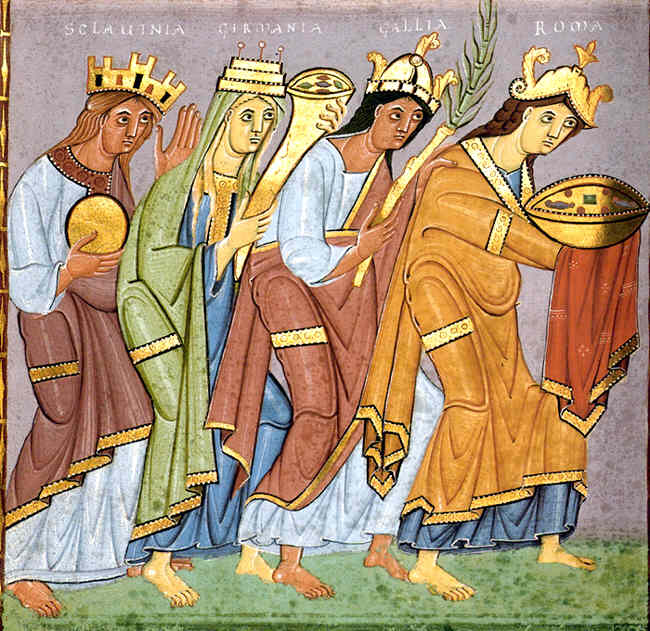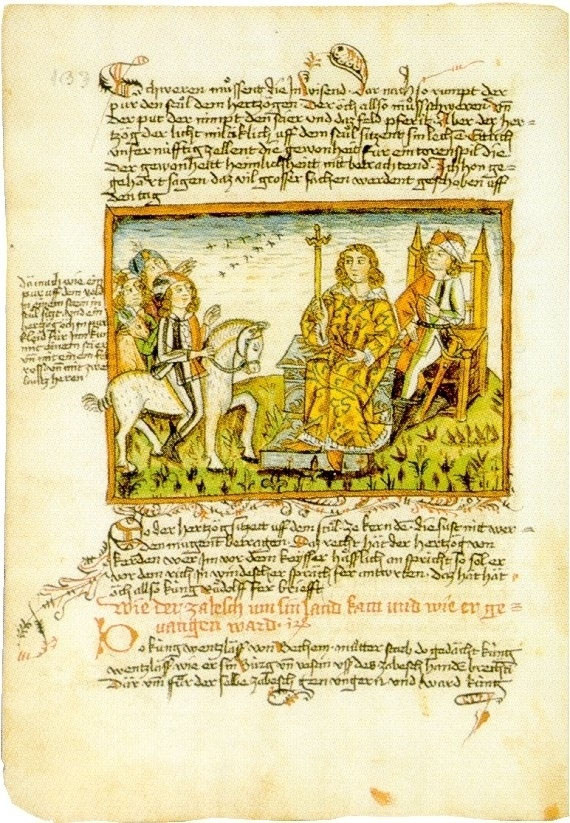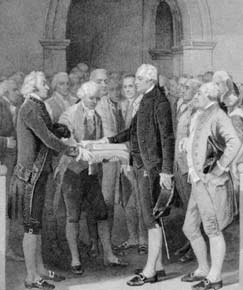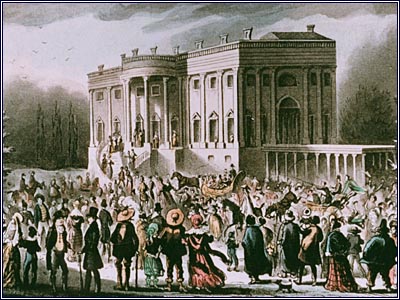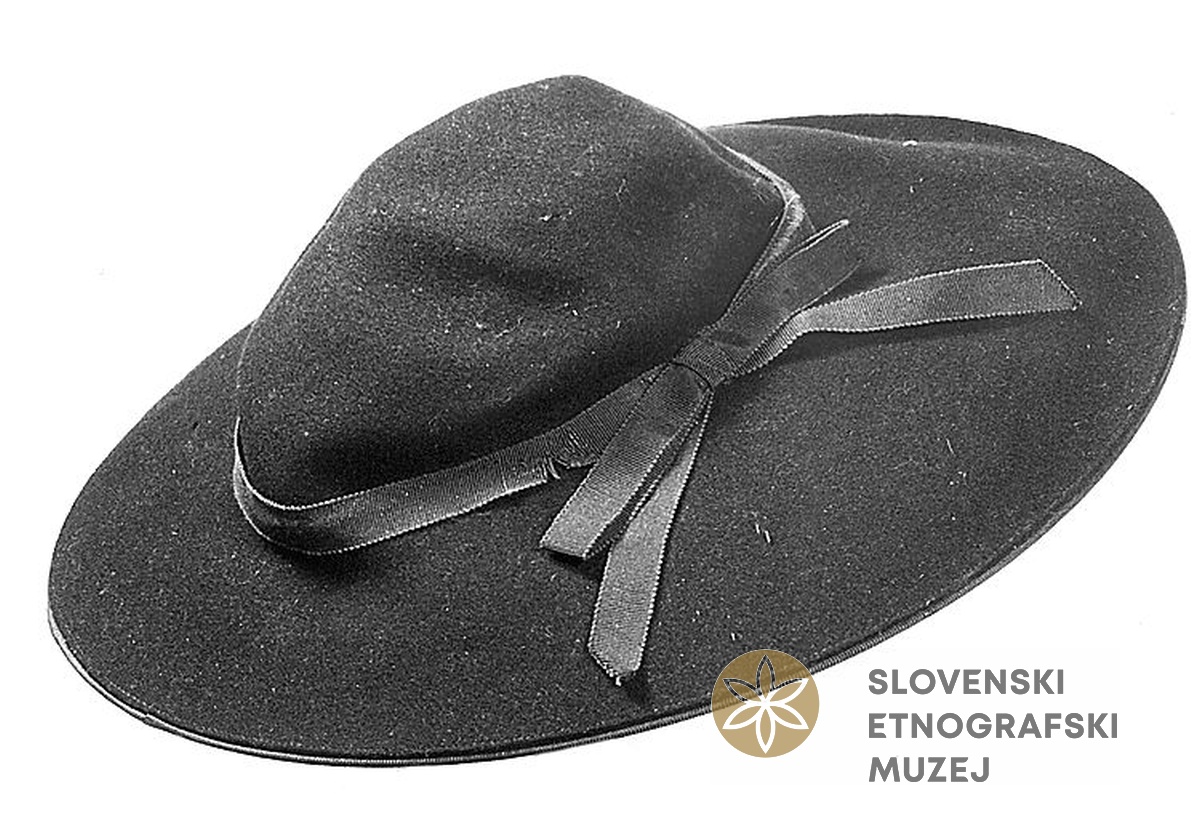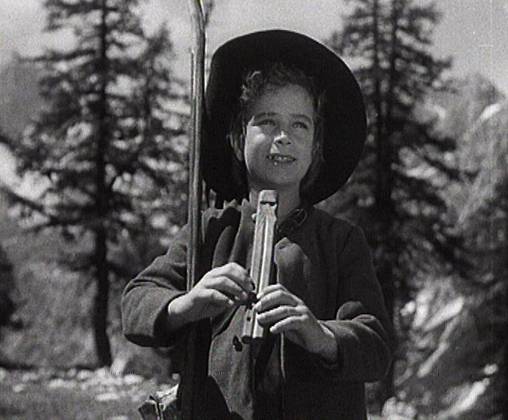MOESAN
Elite member
- Messages
- 5,893
- Reaction score
- 1,296
- Points
- 113
- Location
- Brittany
- Ethnic group
- more celtic
- Y-DNA haplogroup
- R1b - L21/S145*
- mtDNA haplogroup
- H3c
difficult to be sure of what was the type (if one) of the first Slavs: they were described as blond or dark haired (but this last description is a Arab's one speaking about Czec'hia Slavs (I forgot the date) -
the description of some cranial remnants showed some local differences for the VI°C? ones, with a tendancy to dolicho-mesocephaly, someones with low vaults and high eyesockets close to the so called 'Iron Age nordic Celt' or 'kymric' (hum hum!) (elite only?) and some elites of the first I-E Armenians (according to some old surveys), other Slavs with high vault, closer to 'corded' type of Northern european plain of Bronze-Iron period... as a whole, if true, these descriptions correspond better to a mix of (original?) Caucasus or South Steppic-Iranic people (Scythes low vaulted too concerning their dolichos: some 'gedrosian' autosomals here?) with more northern Steppic people akin to Battle Axes and Corded... speaking about geography more than about language here!
I think the bracycephals ('dinaric' for the most) was present about 2000 BC inthe Steppes and Siberia, but at low levels, the most of them had been incorporated in the Western Ukraina-Carpathians region: evolved peasants mixed with breeding nomads?
Julia and others: look at the Slav's skin: it is as dark as the Gaul's one , even if with lighter hairs! - I pray you: let's not pay too much attention to a lonely document, please!!! the same for the "mean" facial type of ethnies (no worth for anthropology) and about the greek nose or the ressemblance of royal persons of Europe dynasties painted by artists!!!
sans rancune! have good dreams!
the description of some cranial remnants showed some local differences for the VI°C? ones, with a tendancy to dolicho-mesocephaly, someones with low vaults and high eyesockets close to the so called 'Iron Age nordic Celt' or 'kymric' (hum hum!) (elite only?) and some elites of the first I-E Armenians (according to some old surveys), other Slavs with high vault, closer to 'corded' type of Northern european plain of Bronze-Iron period... as a whole, if true, these descriptions correspond better to a mix of (original?) Caucasus or South Steppic-Iranic people (Scythes low vaulted too concerning their dolichos: some 'gedrosian' autosomals here?) with more northern Steppic people akin to Battle Axes and Corded... speaking about geography more than about language here!
I think the bracycephals ('dinaric' for the most) was present about 2000 BC inthe Steppes and Siberia, but at low levels, the most of them had been incorporated in the Western Ukraina-Carpathians region: evolved peasants mixed with breeding nomads?
Julia and others: look at the Slav's skin: it is as dark as the Gaul's one , even if with lighter hairs! - I pray you: let's not pay too much attention to a lonely document, please!!! the same for the "mean" facial type of ethnies (no worth for anthropology) and about the greek nose or the ressemblance of royal persons of Europe dynasties painted by artists!!!
sans rancune! have good dreams!








